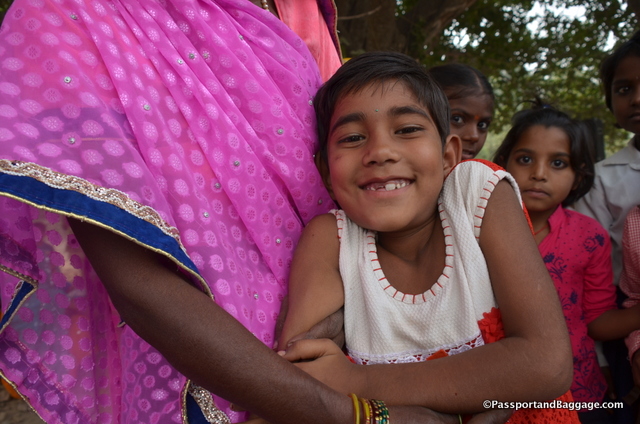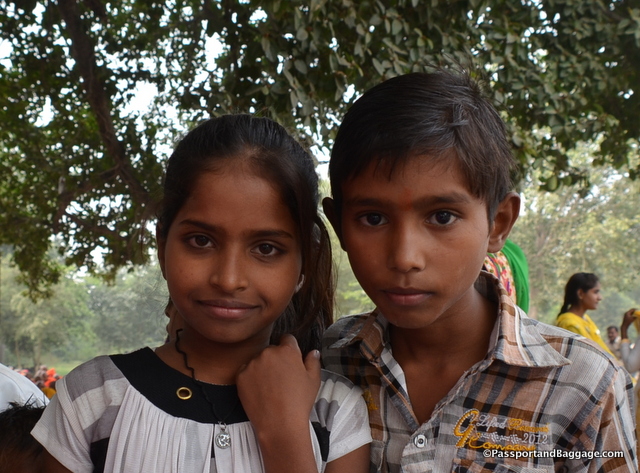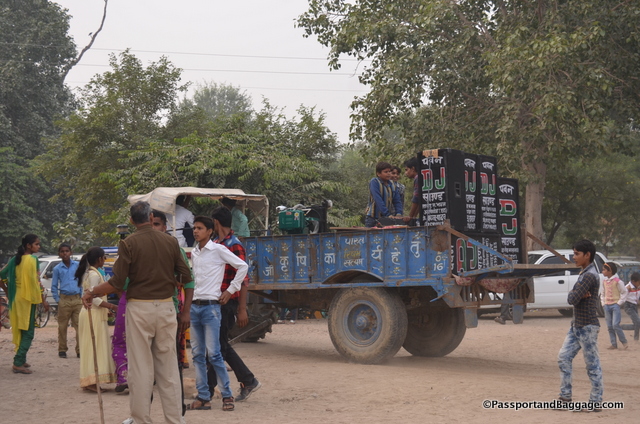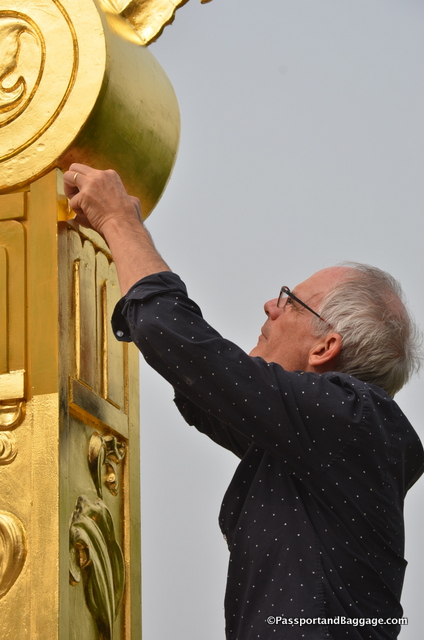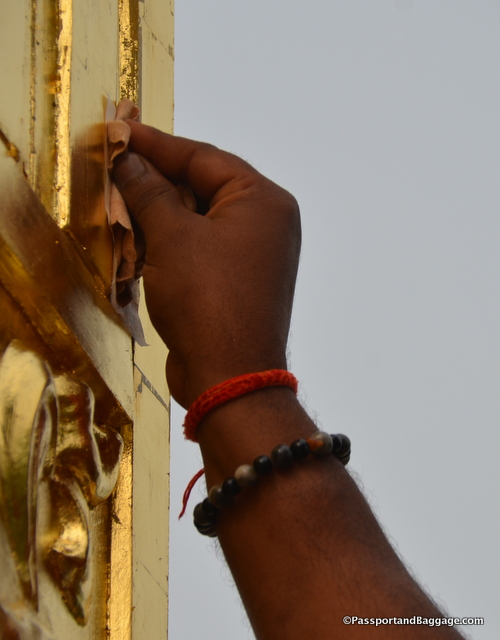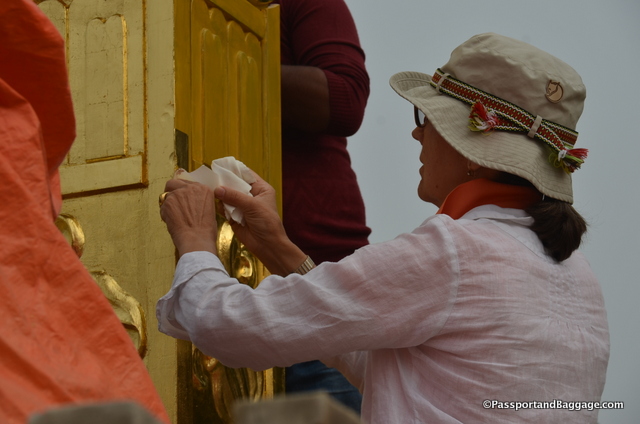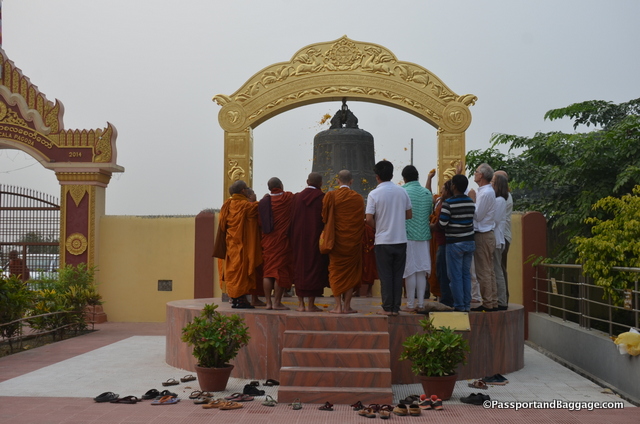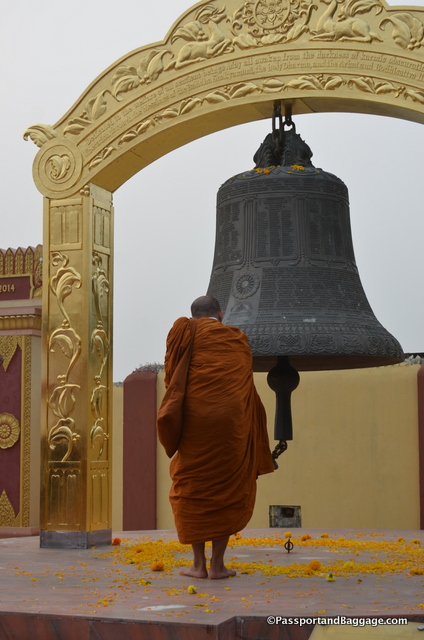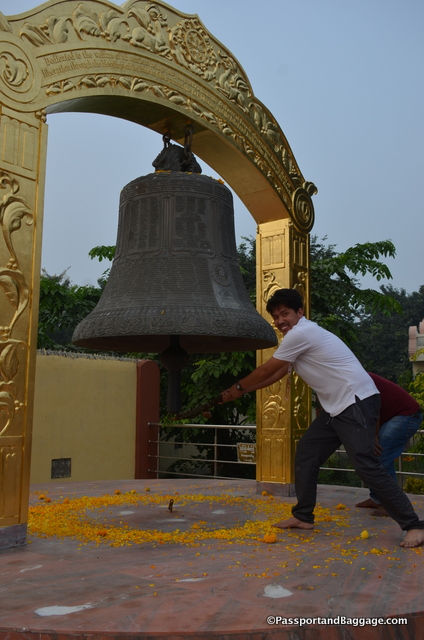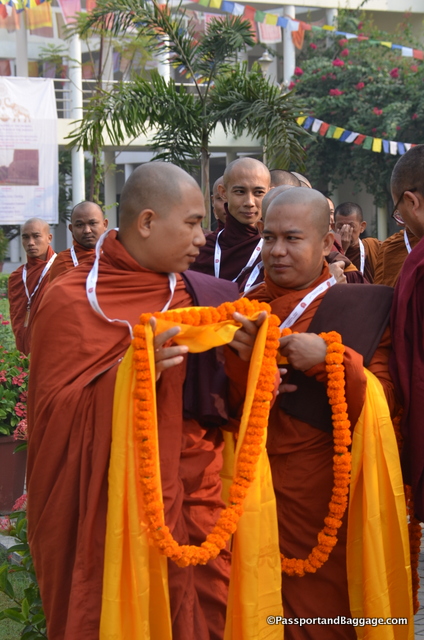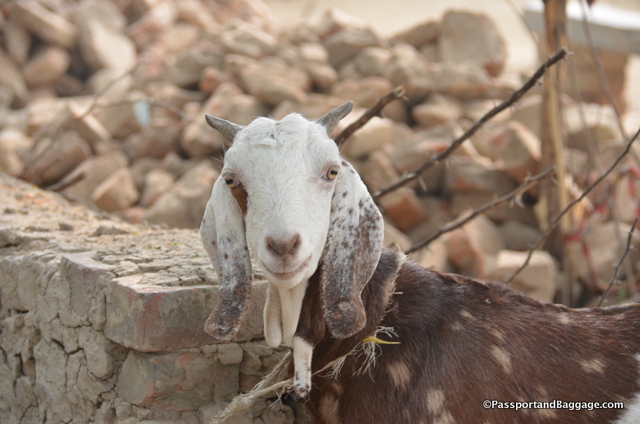February 8, 2018
Leaving the city of Sankissa we passed these travelers. I do not know where they were going or where they came from but I found them fascinating and wanted to share these pictures.
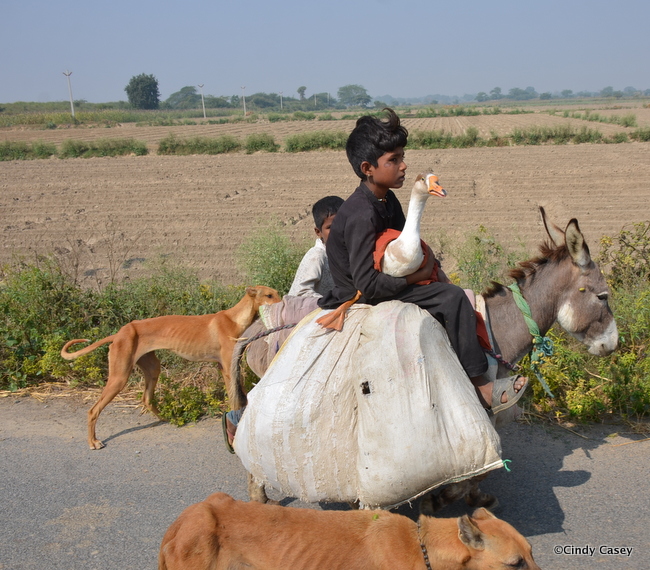
When I first saw the little boy he was sound asleep hugging his duck, he woke when I stopped the car.
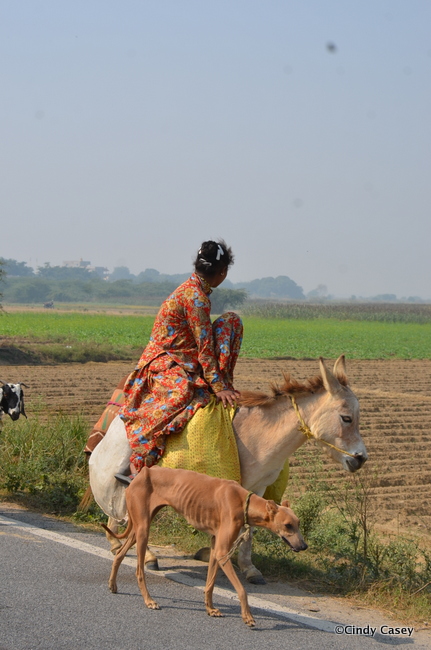
Women rarely show their faces, since she had no veil to pull over her face, she turned her head from me.
India has a gypsy population called Kalbelias, or Cobra Gypsies. While they are primarily in Rajasthan, and I am not saying these are Kalbellas, it is interesting to know of them.
The Kalbelia live a nomadic life and once belonged to the untouchable caste and shunned by mainstream society. Their main occupation has been catching snakes and trading snake venom. They are most known for their world-renowned dance Kalbelia. Traditionally, Kalbelia men carried cobras in cane baskets from door to door in villages while their women sang and danced and begged for alms. More recently, performing arts are a major source of income for them, and others are employed in agriculture. They are Hindu.
If you would like to know more about the Kabelia, here is a one-hour video about them and their lifestyle. The video, however, is so much more. There is much of everyday India and the life of rural Indians throughout.
Lucknow, India
We are once again guests of the Buddha Vihar Shanti Upvan of Lucknow. They were gracious hosts last year and you can read all about that here.
Lucknow is the capital and largest city of the Indian state of Uttar Pradesh. It is the eleventh most populous city of India. Lucknow has always been known as a multicultural city flourishing as a North Indian cultural and artistic hub, and the seat of power of Nawabs in the 18th and 19th centuries.
Lucknow is also famous for its perfume, with a few makers still making it with real flowers soaking in vats for days. I had hoped to find one but was not able to, next year…
This year the temple did an amazing job of arranging the two-day festival. There were well over 500 lay people in attendance, and it was really quite lovely.
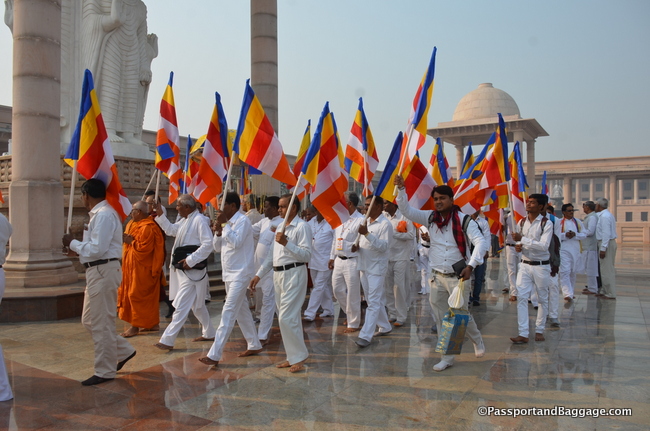
Every ceremony begins with a procession, this was lead by proud members of the Buddhist Vihar Shanti Upvan temple
Faces I found interesting among the attendees:
No ceremony is complete without a long drawn out closing ceremony with speech after speech after speech. This year was special as the Governor of Bihar was one of the speakers. Sadly I do not speak Hindi, so I have no idea what he said.
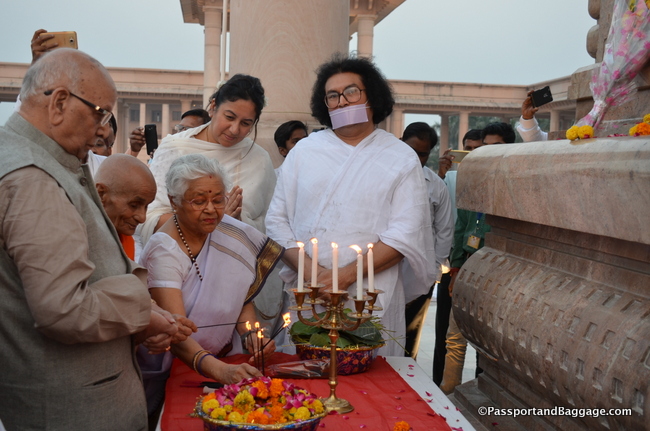
The small woman on the left is a Gandhi, she works at the Lotus Temple in Delhi promoting children’s education. The man with the mask is a Jain monk and the very small bald man is the head of our host temple.
A governor of India must:
- be a citizen of India.
- be at least 35 years of age.
- not be a member of either the house of the parliament or house of the state legislature.
- not hold any office of profit.
The governor, as well as the lieutenant governor, are appointed positions by the President of India and serve a term of 5 years.
They are executive heads of the states and the union territories respectively. There are 29 states and 7 union territories in India.
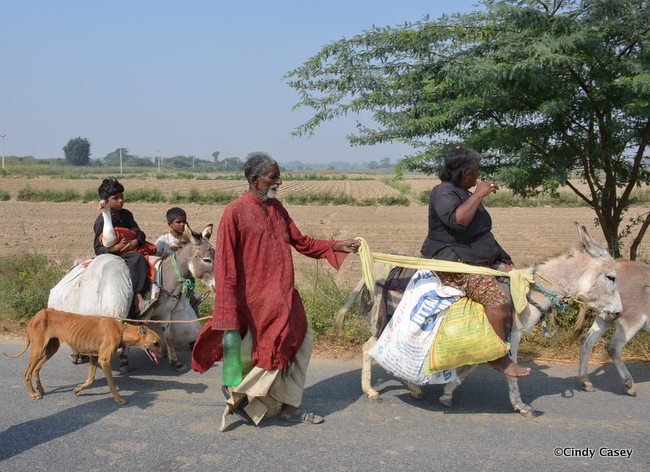

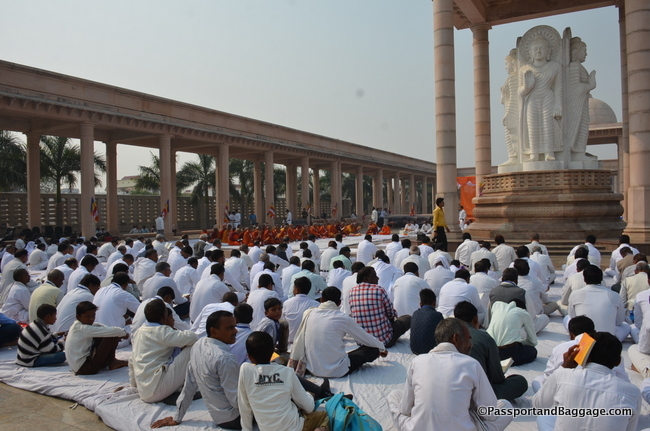
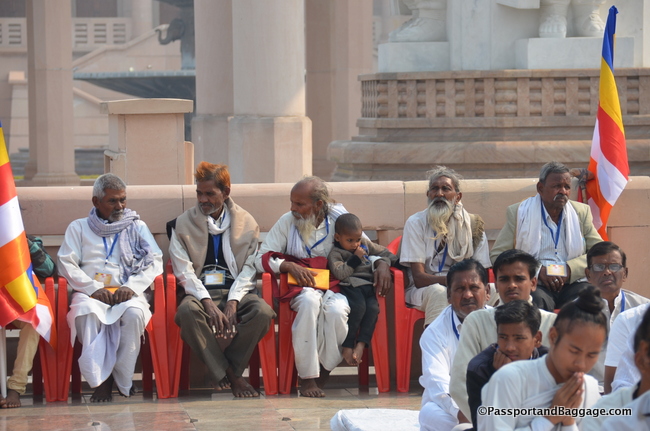
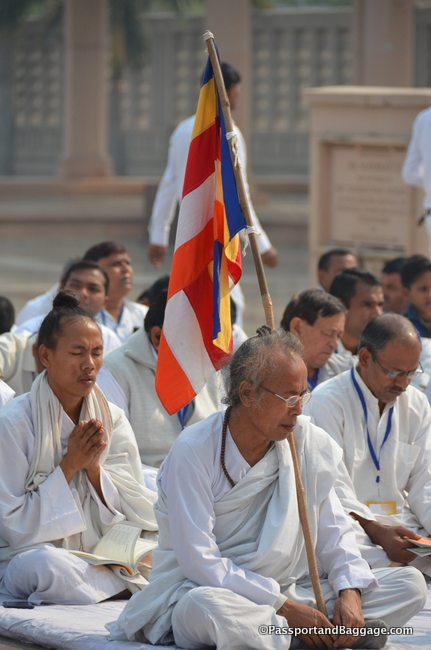
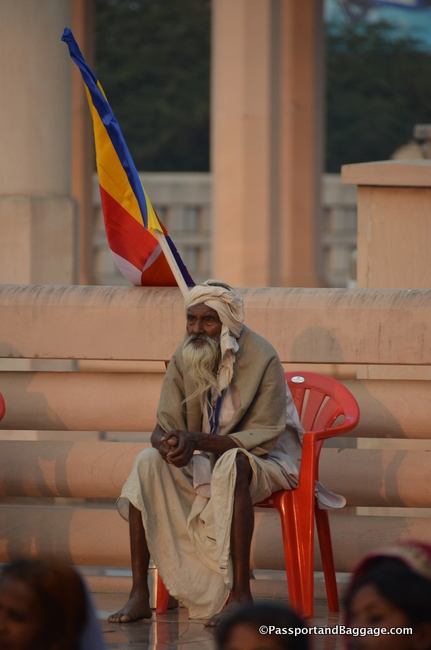
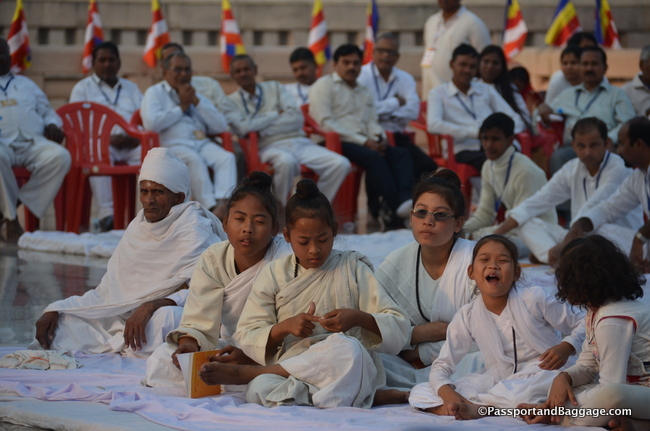
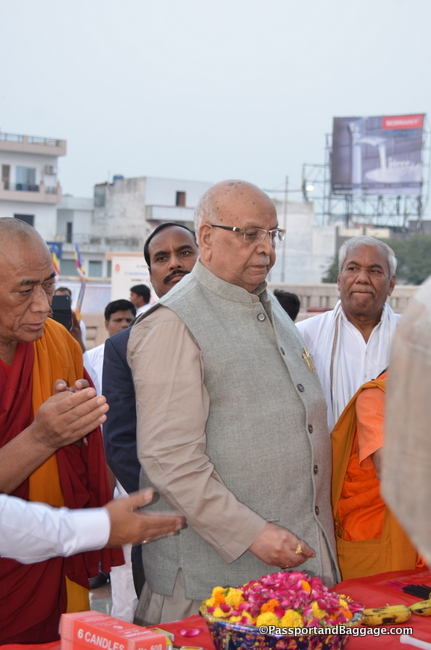
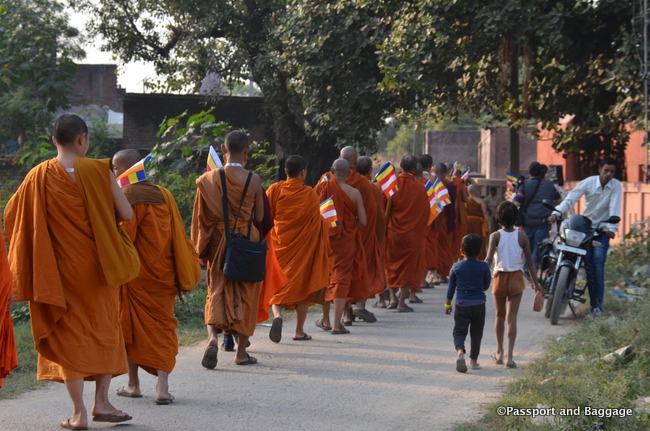
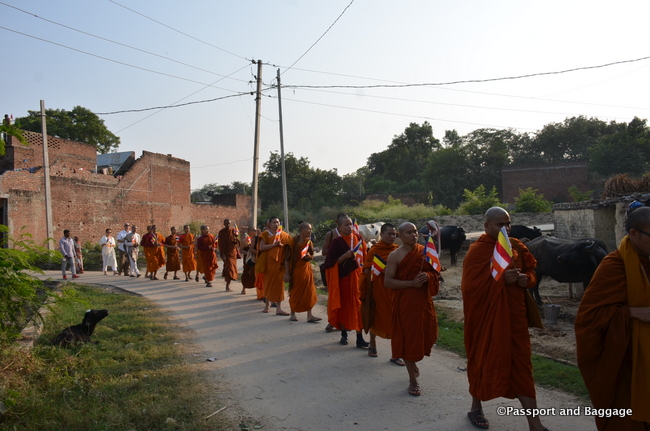
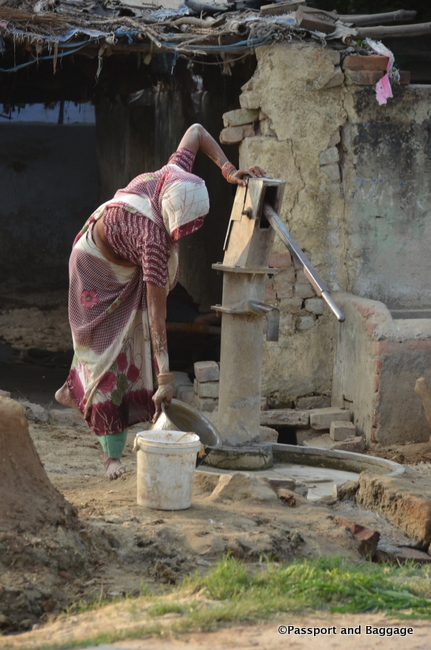
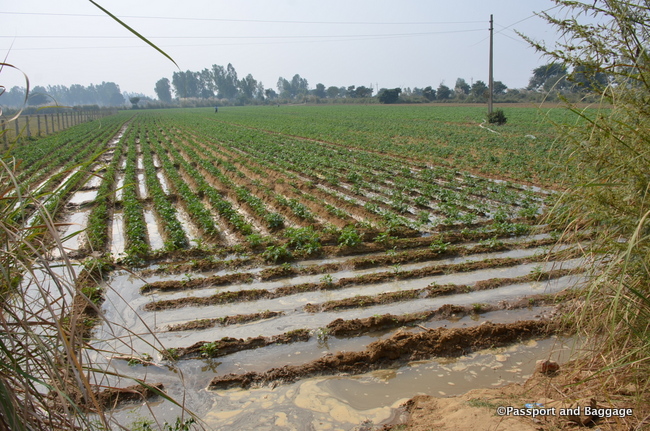

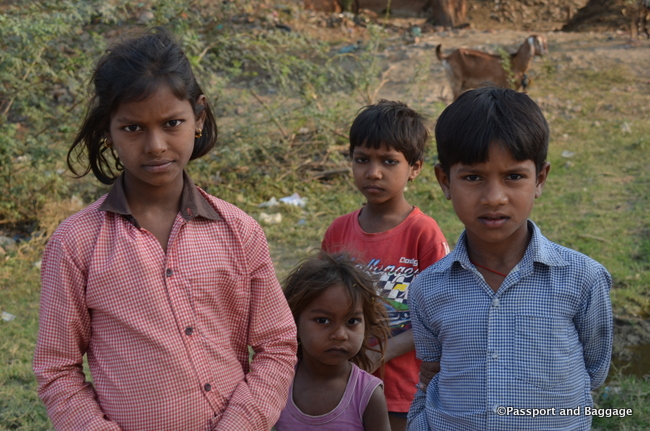

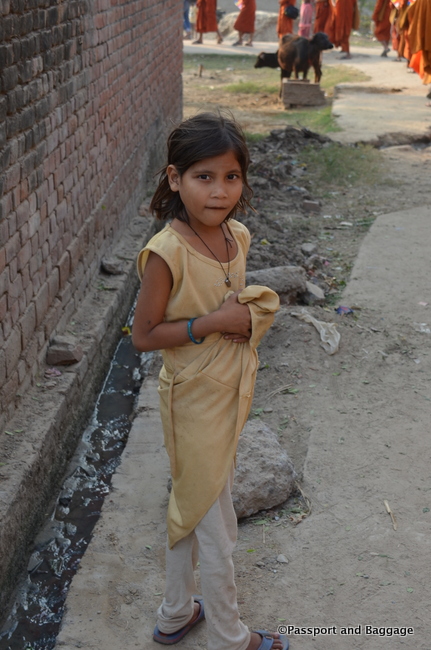
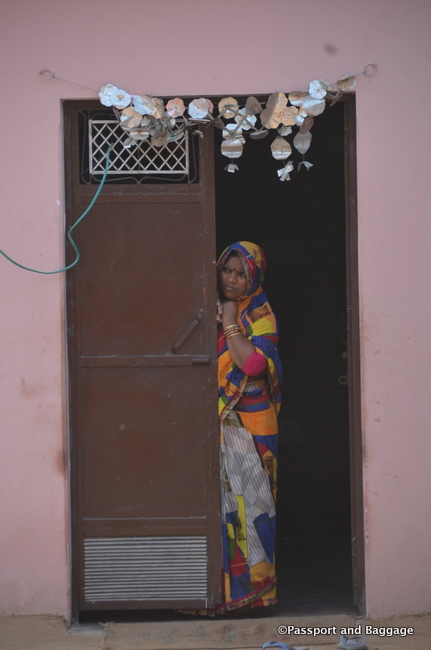
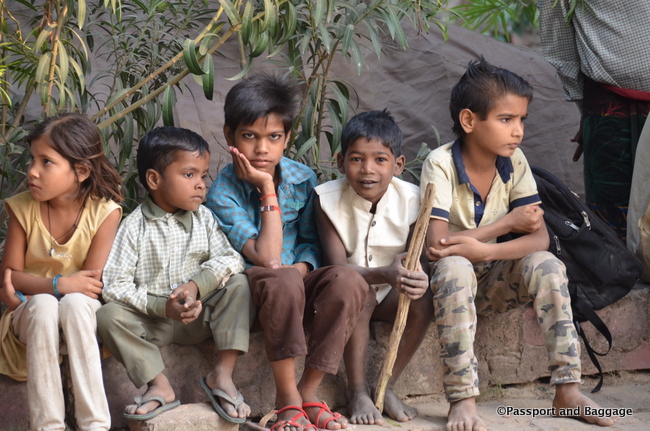
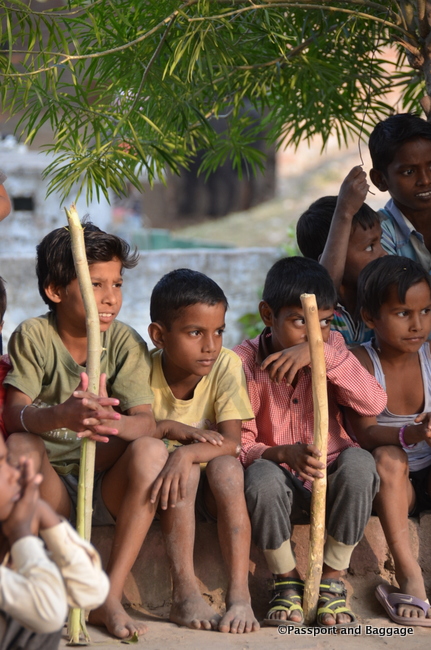
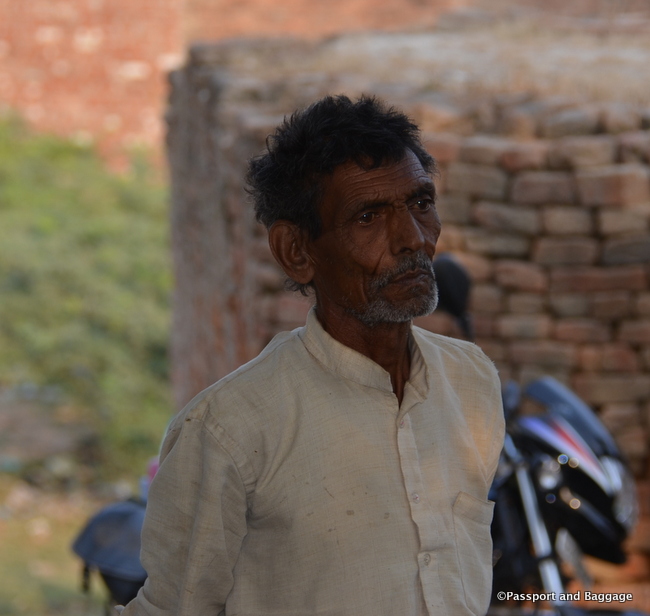
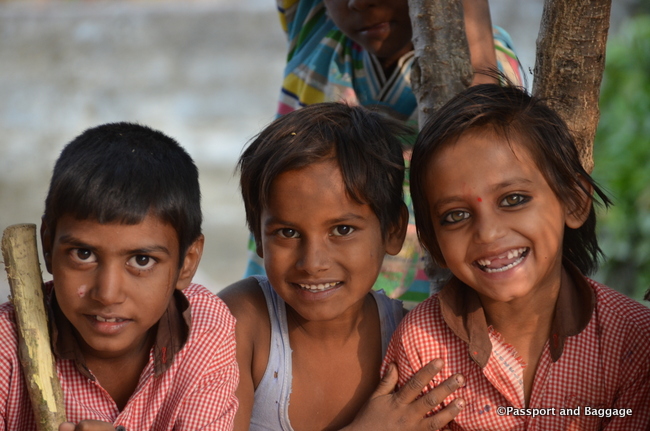
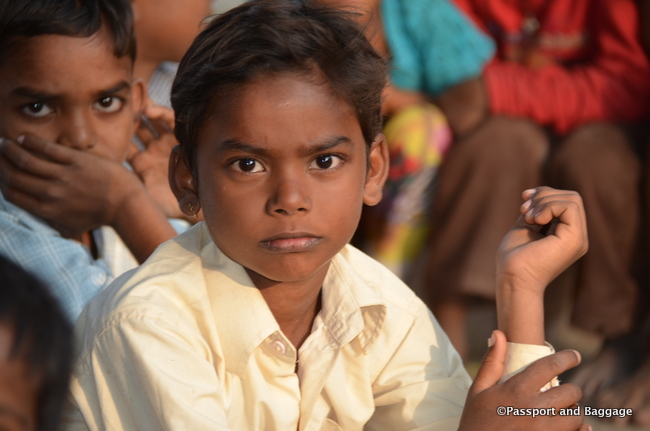
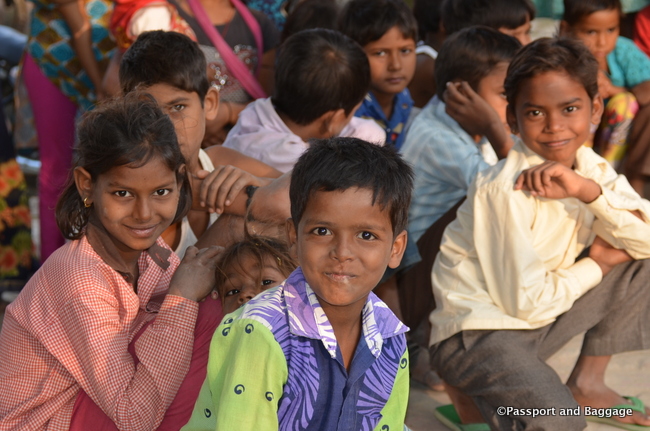
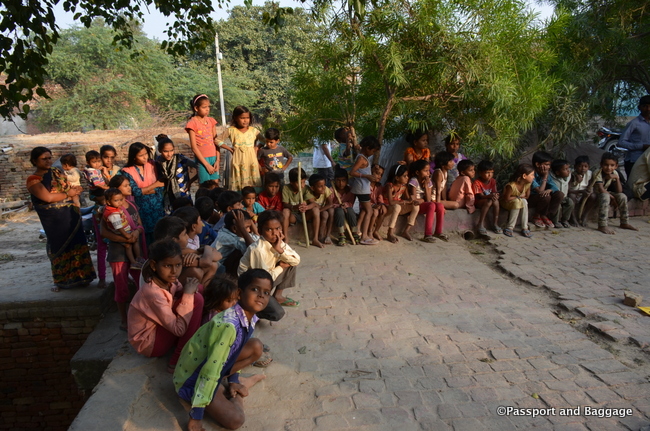

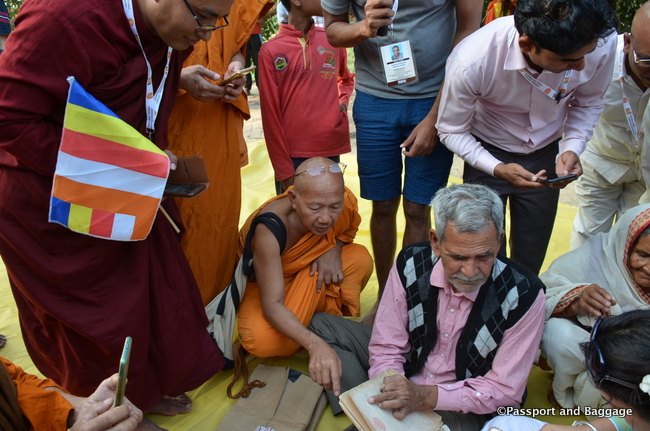
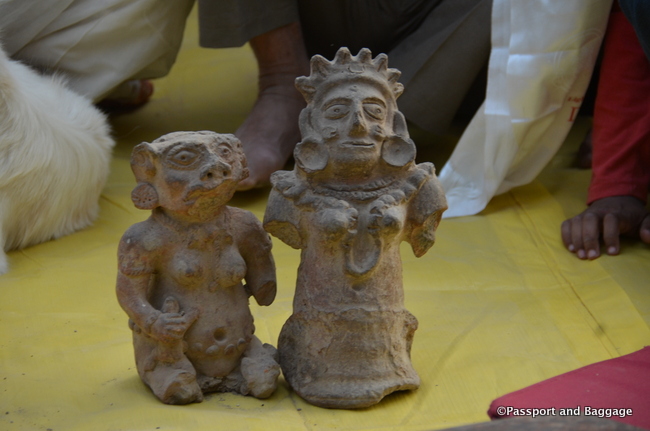
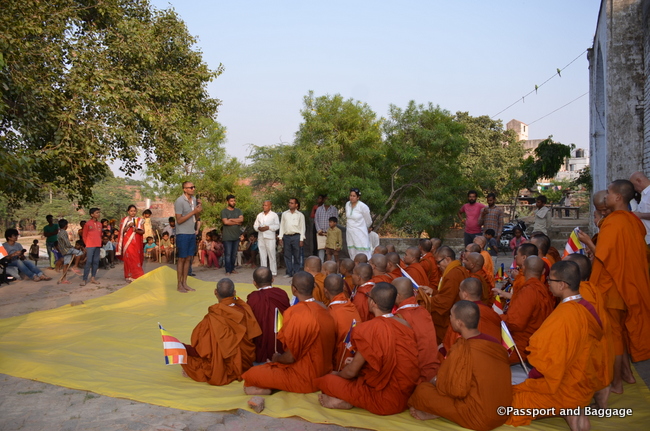
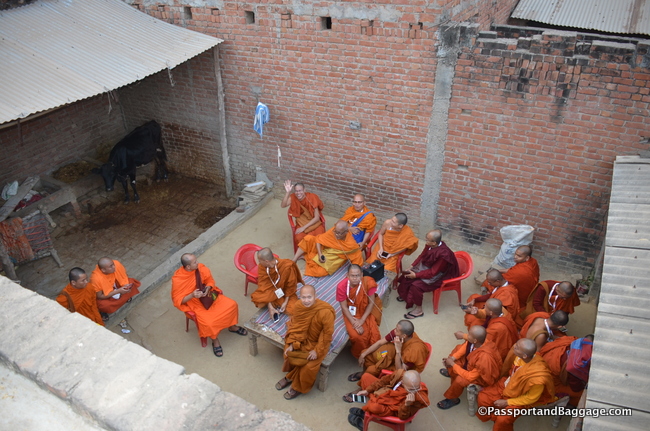
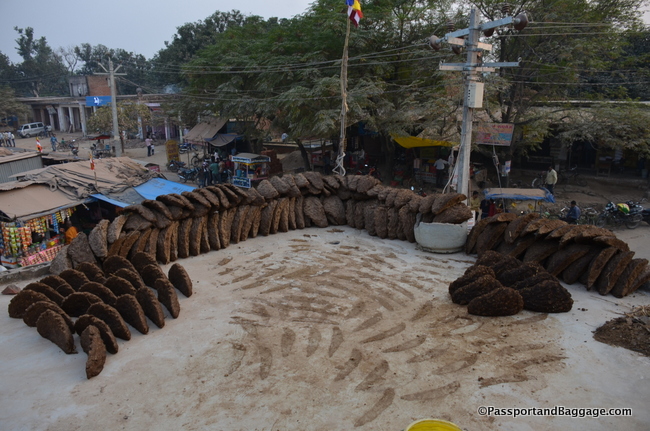
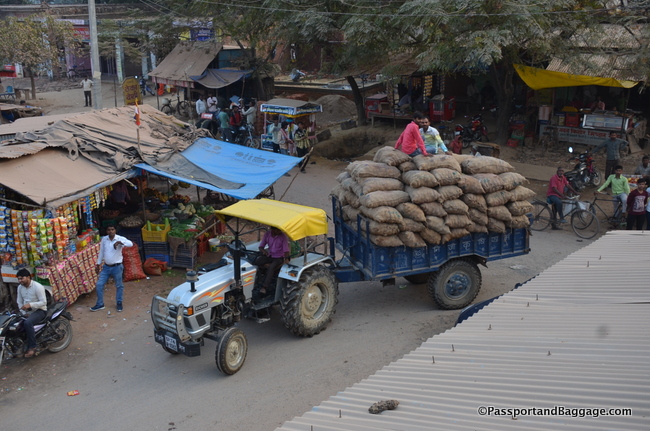
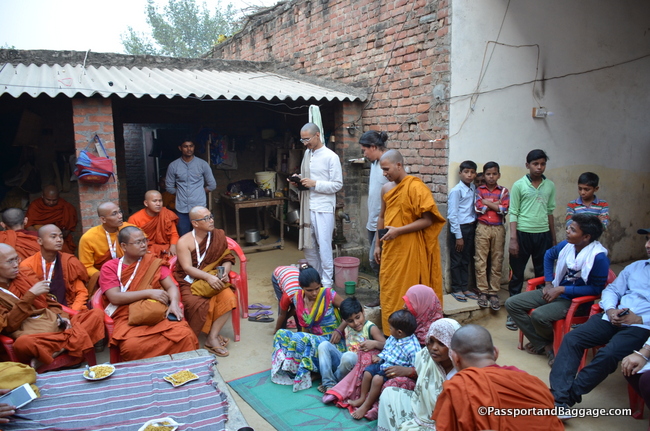
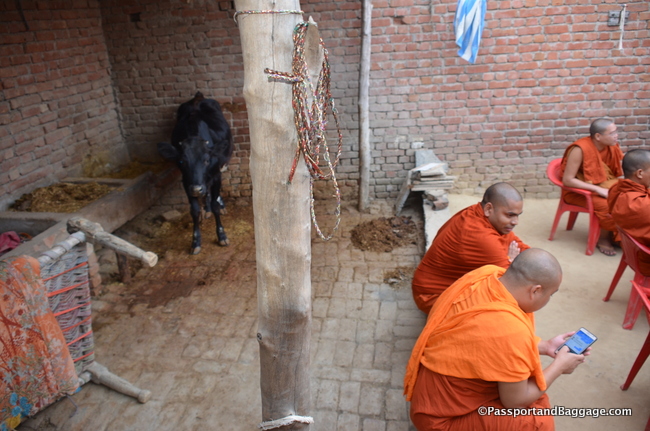


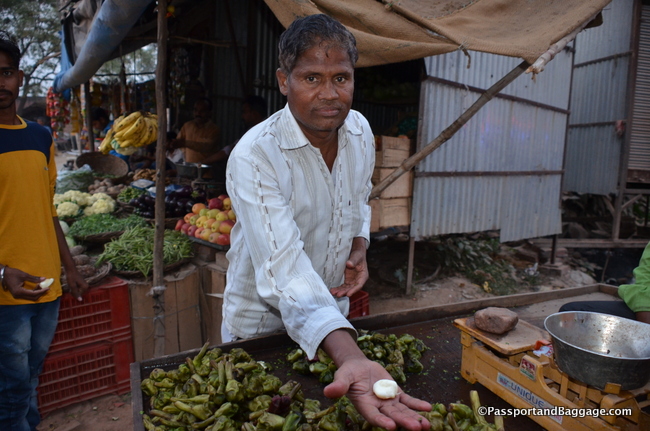
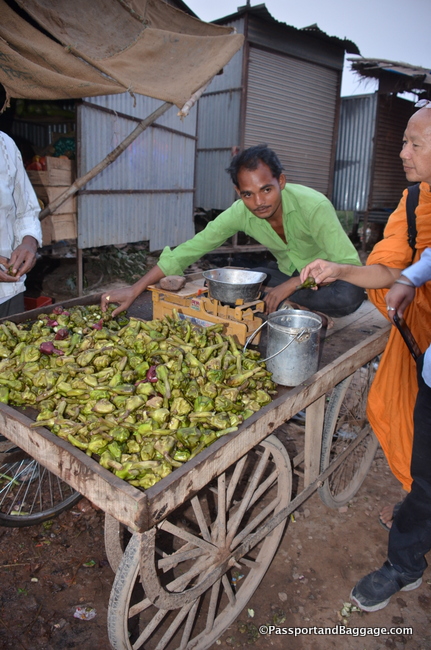
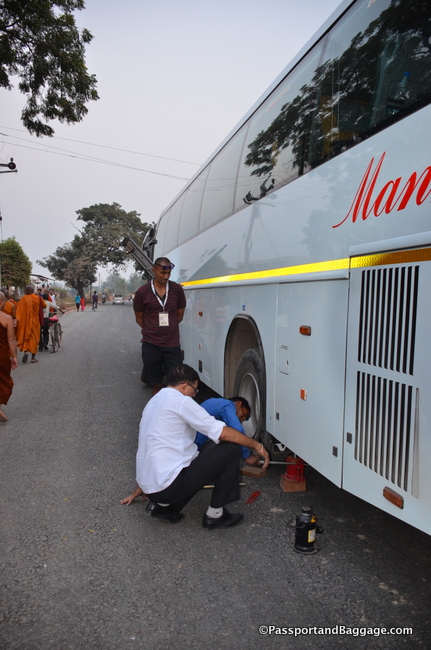

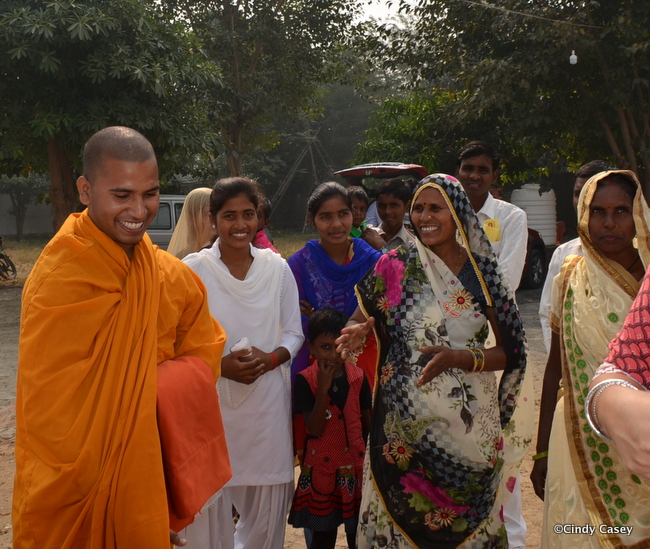
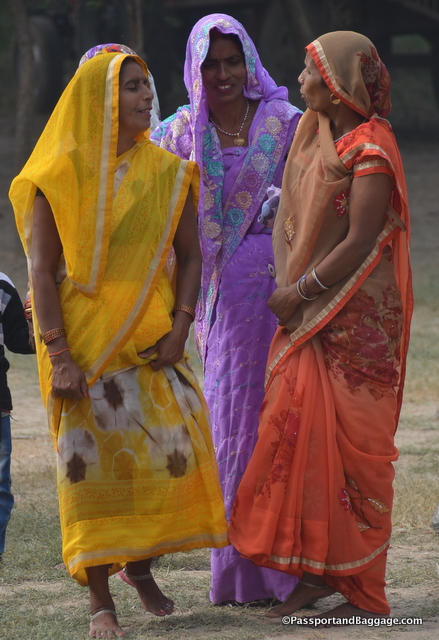
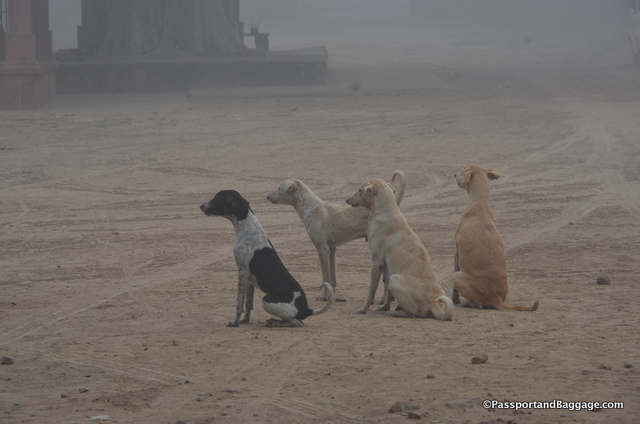

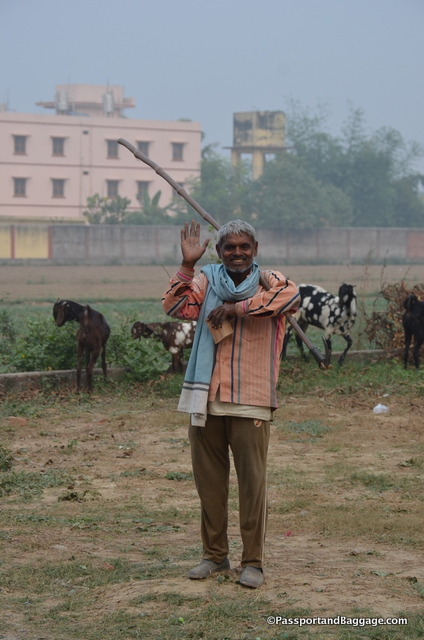

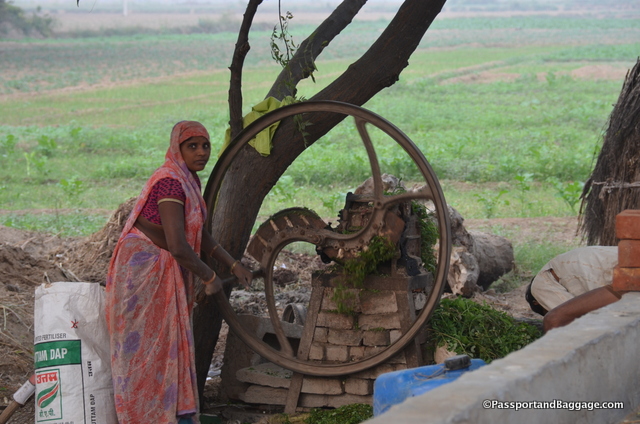
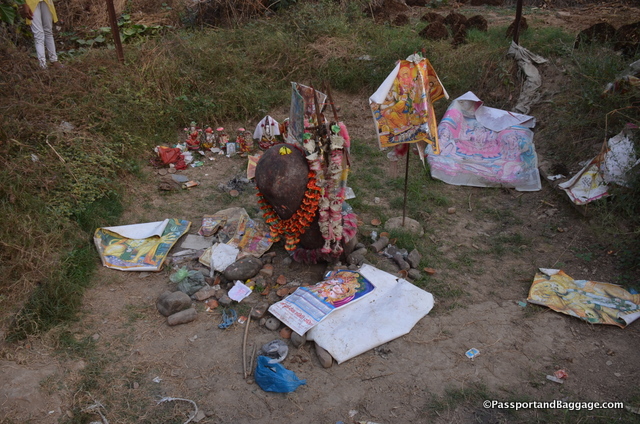
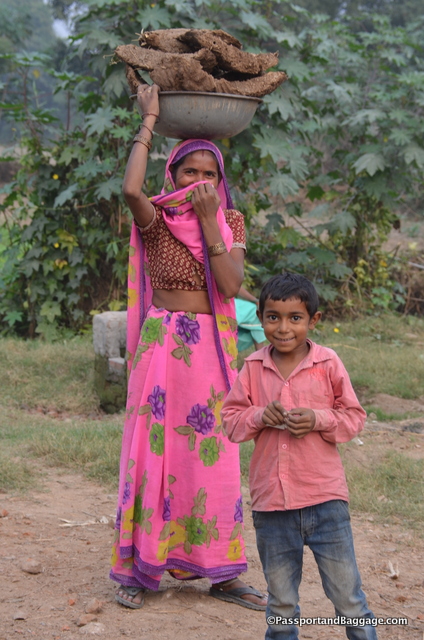
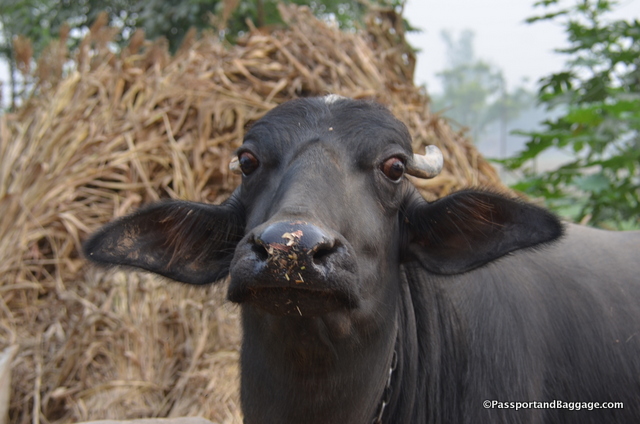
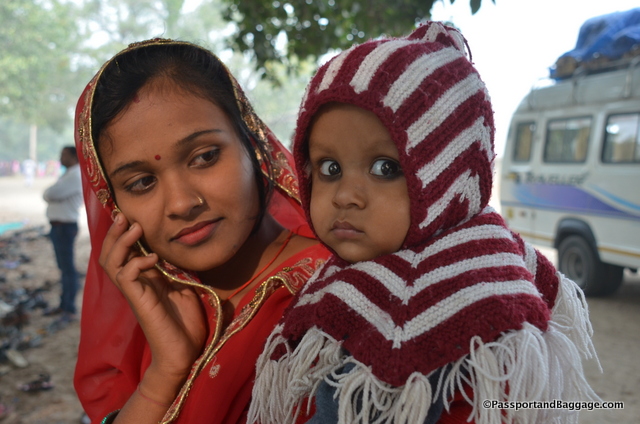
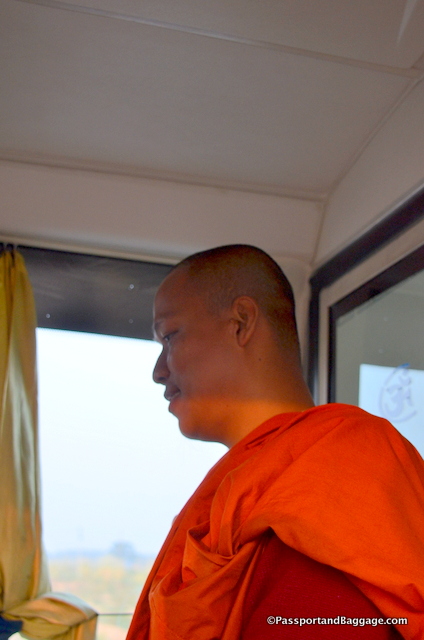
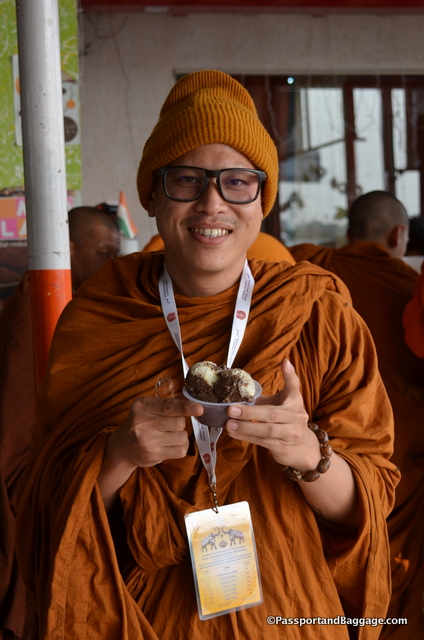


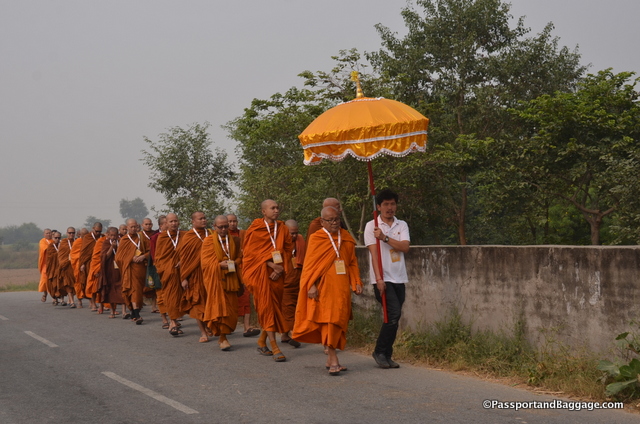
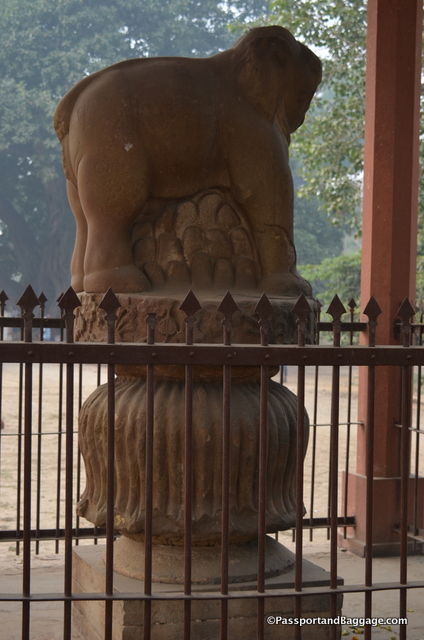
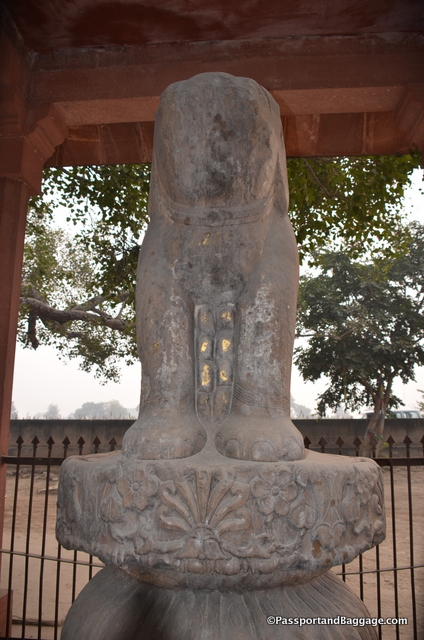
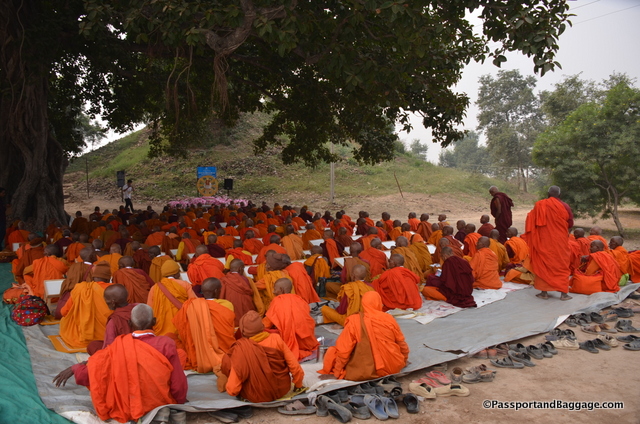
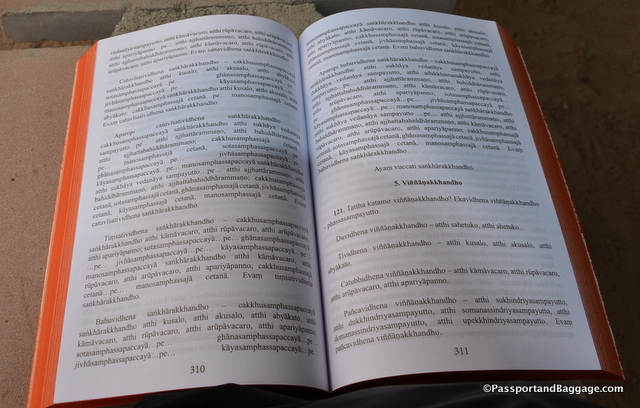
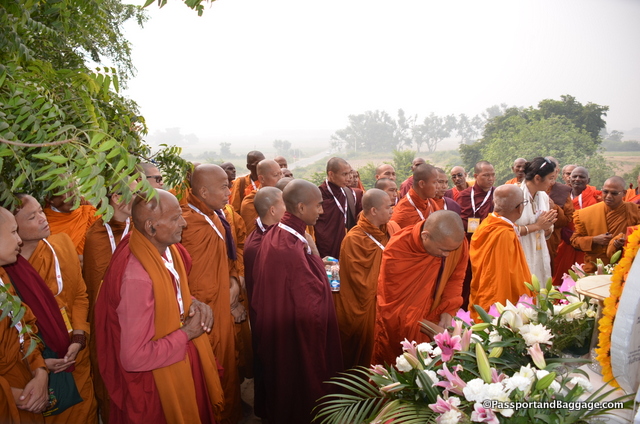
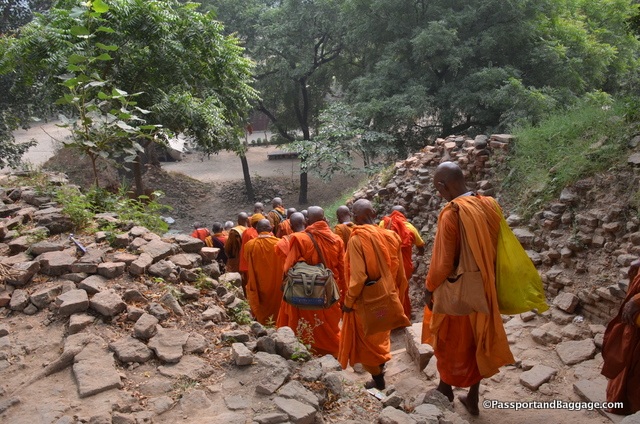
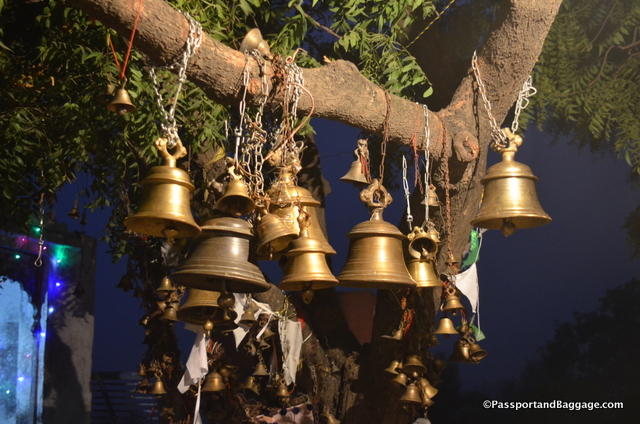
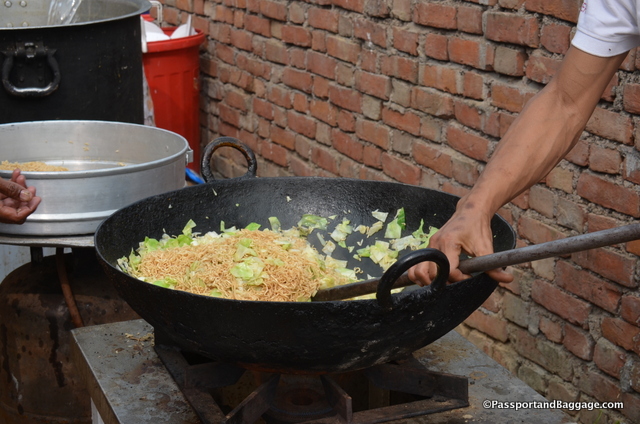

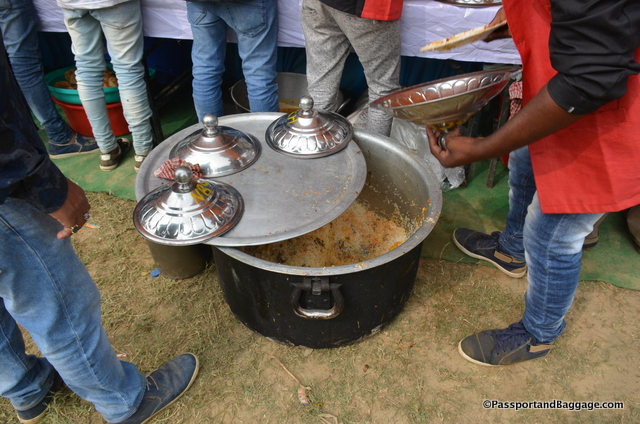
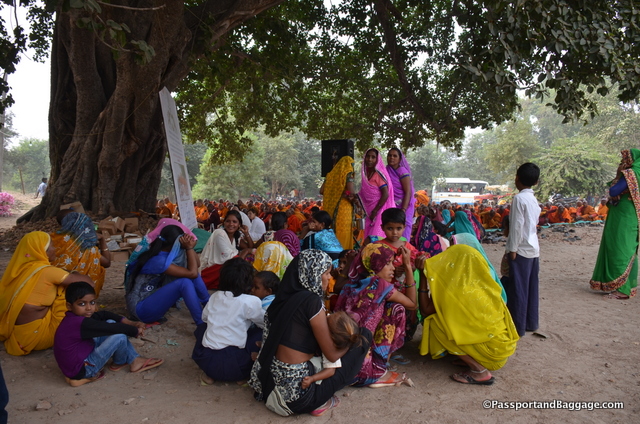
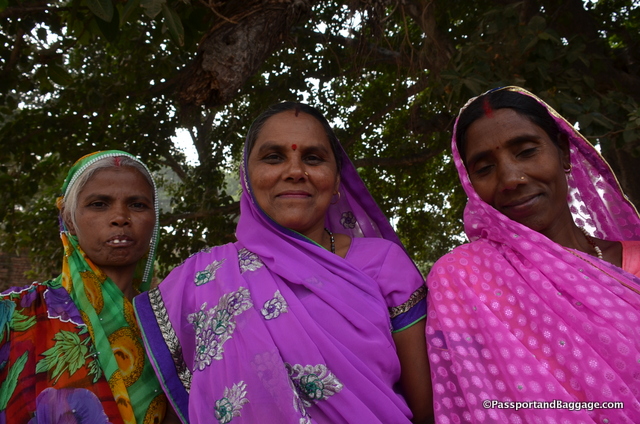
 *
*